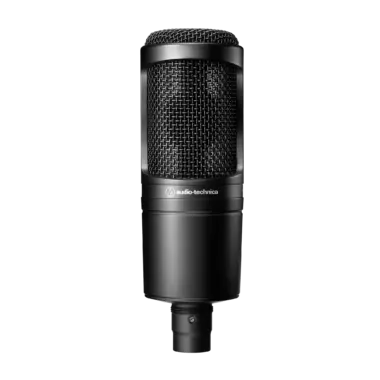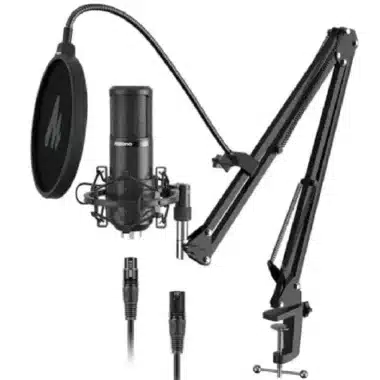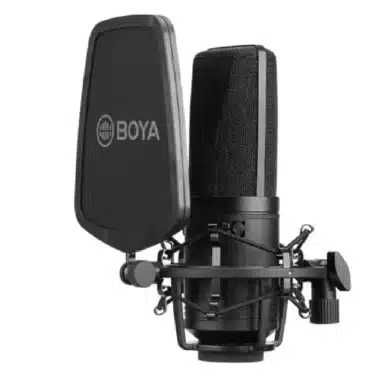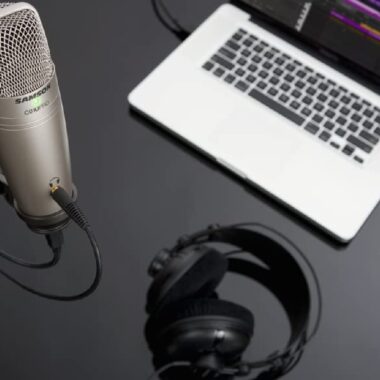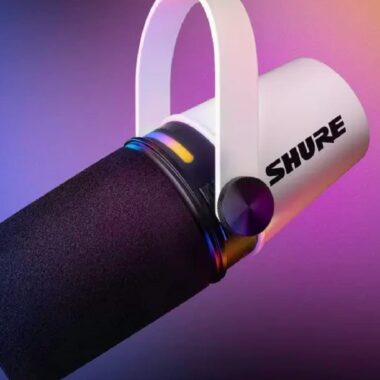Introduction To Price of a Microphone: Understanding Costs, Types, and Value;
Whether you’re starting a podcast, recording music, or enhancing your live performance setup, understanding the price of a microphone is key to making the best choice for your needs and budget. Microphones vary greatly in cost, from budget-friendly options to high-end, studio-grade devices that come with advanced features and exceptional audio quality. In this guide, we’ll dive into the essential aspects that influence microphone prices, compare popular brands, and help you make an informed choice.
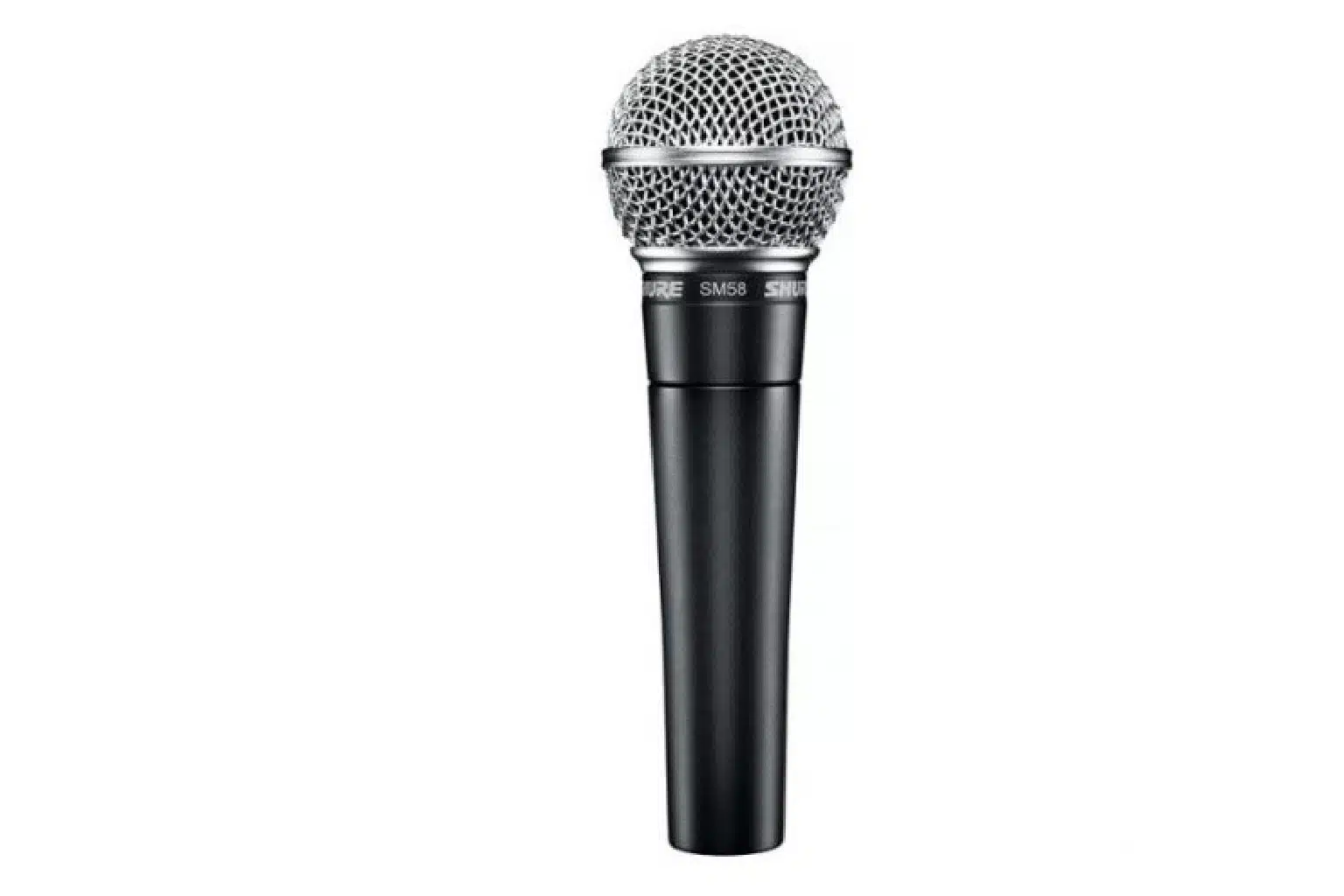
Understanding the Different Types of Microphones
When it comes to microphones, different types offer unique benefits suited to specific uses, which influences their price:
- Dynamic Microphones: Known for their durability and affordability, dynamic microphones are excellent for live performances. Prices for dynamic mics can range from as low as $30 to several hundred dollars for professional models.
- Condenser Microphones: Preferred in studio settings for their sensitivity and clarity, condenser microphones generally range from $100 to well over $1,000, depending on features like large diaphragms, multiple polar patterns, and onboard controls.
- Ribbon Microphones: These vintage-style mics are prized by professionals for their warm, natural sound and typically start at $400, with high-end models costing thousands.
Each type of microphone has a range of price points that accommodate different levels of experience and performance needs, which we’ll explore in detail in the following sections.
Factors Influencing Microphone Prices
Several key elements play a role in determining a microphone’s price, including:
- Build Quality: Materials like metal casings and robust components increase durability and often lead to higher costs.
- Technology and Features: Polar patterns, self-noise levels, frequency response range, and noise reduction capabilities all contribute to a microphone’s value.
- Brand Reputation: Brands with a long history of innovation and quality control, such as Neumann and Shure, often have higher-priced models due to their reliability and performance.
Microphone Price Ranges by Application
Whether you’re an amateur or a professional, microphone prices vary widely based on the intended application:
- Budget Microphones ($20 – $100): Entry-level dynamic and USB mics, perfect for beginners or casual users.
- Mid-Range Microphones ($100 – $500): Suitable for content creators, semi-professional musicians, and podcasters looking for high-quality audio.
- High-End Microphones ($500+): Top-tier options with precise audio reproduction, ideal for studio recording and broadcast professionals.
Factors Influencing Prices Of Microphones;
When it comes to purchasing a microphone, understanding the factors that influence pricing can significantly impact your buying decision. Microphones come in a wide range of prices, from budget-friendly options to high-end models that can cost thousands of dollars. Here’s a look at the key elements that determine the price of a microphone.
1. Type of Microphone
The type of microphone you choose plays a substantial role in its price. Dynamic microphones are typically more affordable, with prices starting around $30, making them a popular choice for live performances. On the other hand, condenser microphones, known for their sensitivity and versatility in studio settings, usually range from $100 to over $1,000. Ribbon microphones, which offer a vintage sound and warmth, tend to be on the higher end, often starting at $400. Understanding the different microphone types and their intended uses can help you navigate the pricing landscape.
2. Build Quality and Materials
The materials and craftsmanship involved in the construction of a microphone can greatly influence its cost. High-quality microphones often use durable materials such as metal casings, which provide protection against wear and tear, especially in live settings. Additionally, components like diaphragms, capsules, and transformers impact audio performance and durability. Investing in a well-built microphone can save you money in the long run by reducing the need for replacements or repairs.
3. Technology and Features
Modern microphones come equipped with various technologies and features that can drive up their prices. Advanced models may include features like multiple polar patterns (cardioid, omnidirectional, figure-eight), built-in EQ, and on-board digital processing. These features enhance versatility and usability, allowing users to adapt the microphone for different situations and recording environments. As a result, microphones with more advanced technology tend to be more expensive.
4. Brand Reputation
Brand reputation significantly influences microphone pricing. Established brands known for their quality and reliability often charge a premium for their products. Brands like Shure, Neumann, and Rode have built their reputations over decades, which can justify higher price tags. When investing in a microphone, choosing a reputable brand can ensure you receive a product that meets industry standards for performance and durability.
5. Intended Use and Performance
The intended use of the microphone also affects its price. Professional-grade microphones designed for studio recording, broadcast, or live performance typically command higher prices due to their advanced performance characteristics. These microphones are engineered to handle demanding audio environments and deliver superior sound quality. In contrast, entry-level microphones aimed at beginners or casual users are generally more affordable but may lack the same level of performance and durability.
6. Market Demand and Availability
Market dynamics, including demand and availability, can impact microphone pricing. Limited edition models or microphones with a strong following can see price increases due to scarcity. Additionally, trends in the audio industry can shift demand, leading to fluctuating prices. For instance, the rise in podcasting and home recording has created a higher demand for specific microphone types, which can influence pricing across the board.
7. Accessories and Additional Costs
When budgeting for a microphone, it’s essential to consider additional costs such as accessories. Essential items like microphone stands, pop filters, cables, and shock mounts can add to the overall expenditure. High-quality accessories can enhance the microphone’s performance and lifespan, but they also contribute to the total cost of your audio setup. Always factor in these additional expenses when considering your budget.
Understanding the various factors influencing microphone prices can help you make informed decisions when purchasing. By considering the type of microphone, build quality, technology, brand reputation, intended use, market demand, and additional costs, you can find a microphone that meets your needs without breaking the bank. Whether you are a beginner or a seasoned professional, being aware of these elements will ensure you invest wisely in your audio equipment.

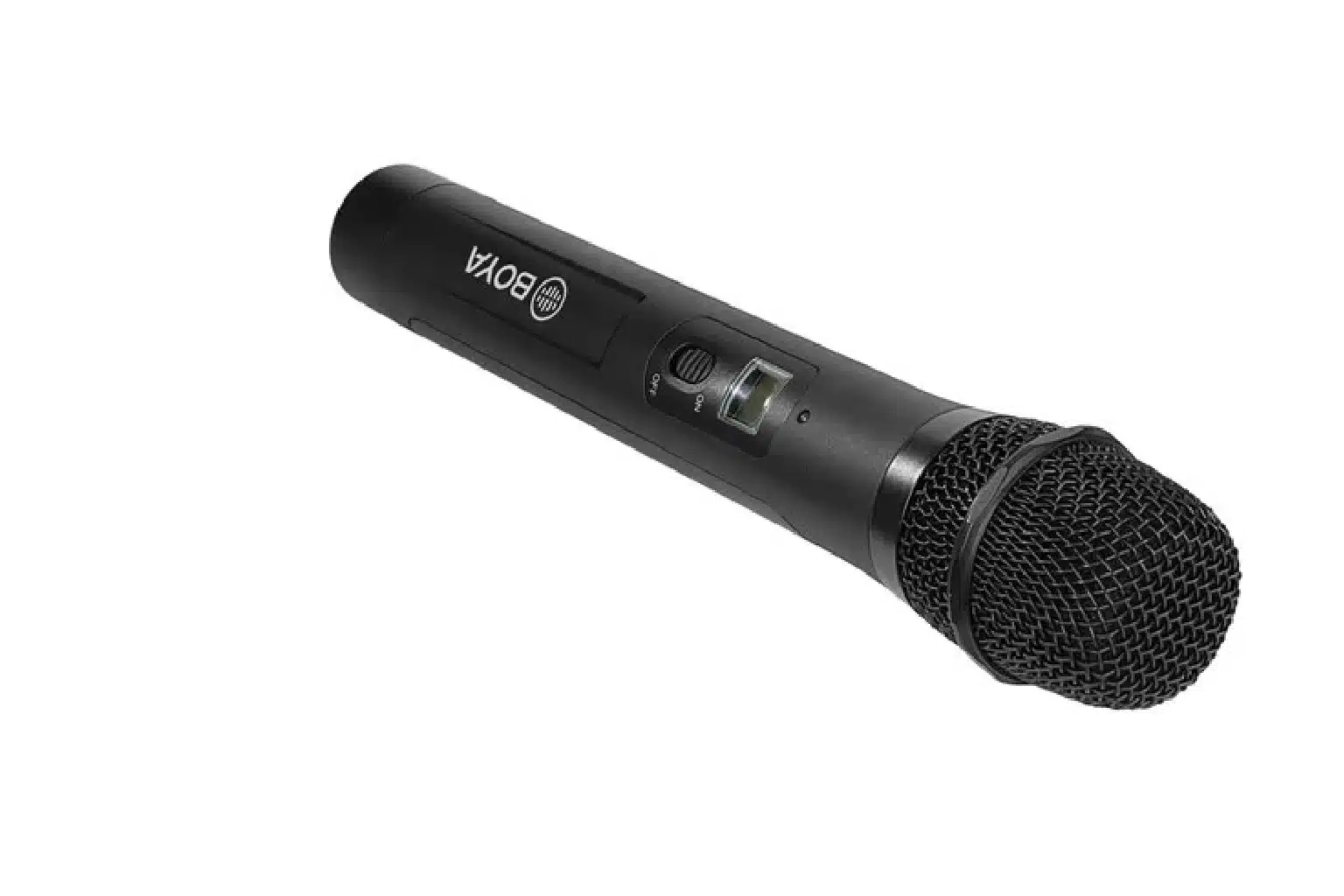

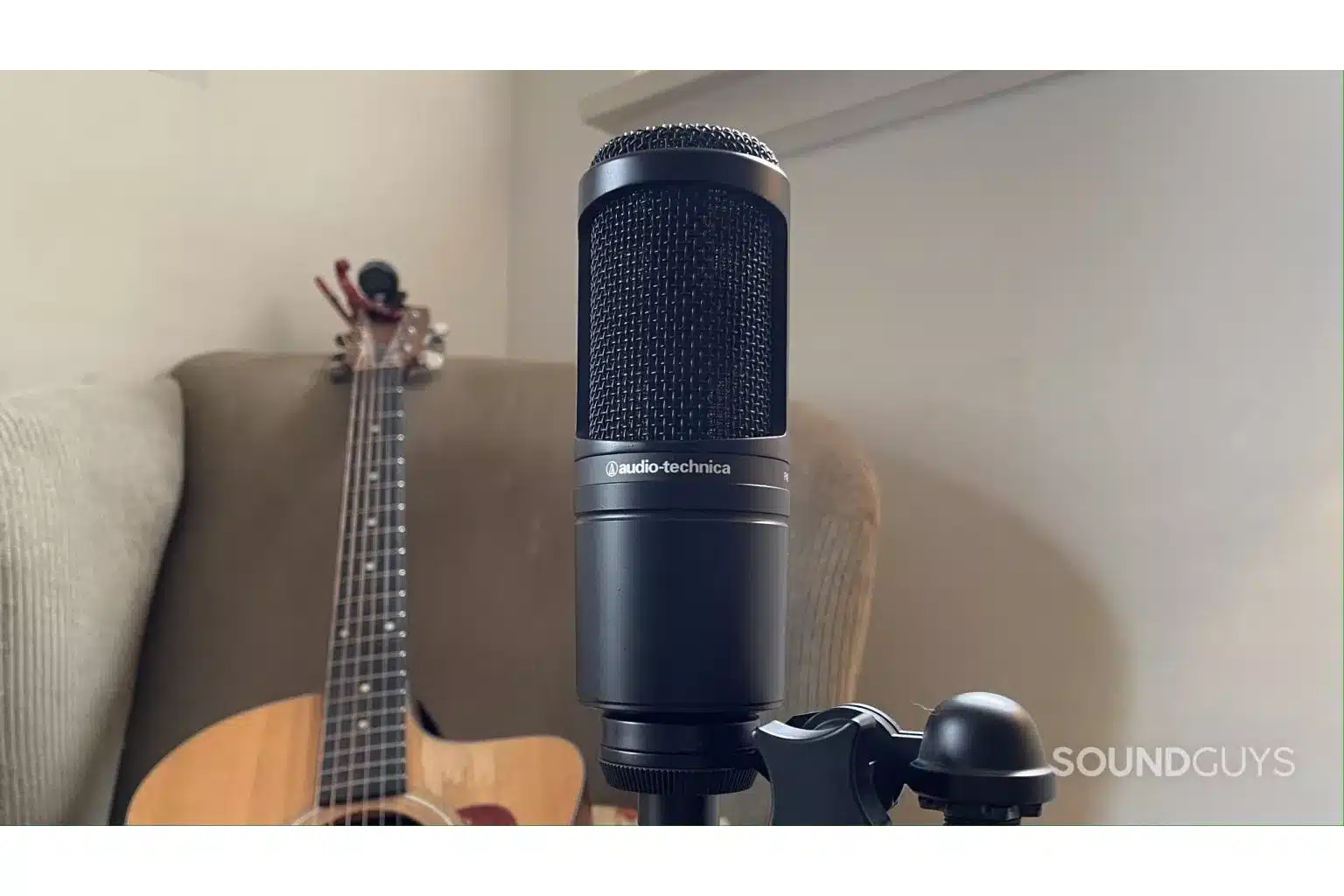 3. Rode
3. Rode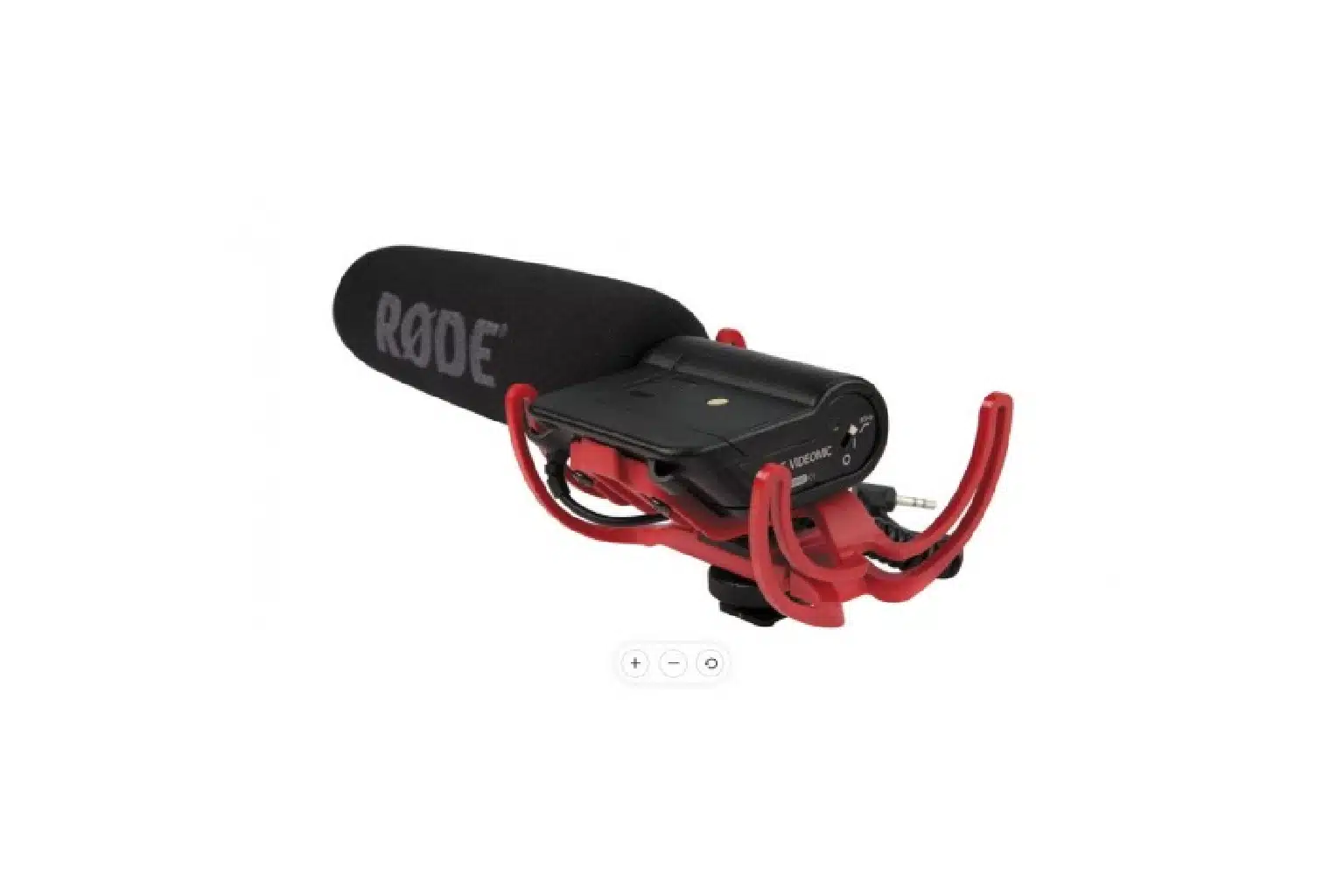 4. Neumann
4. Neumann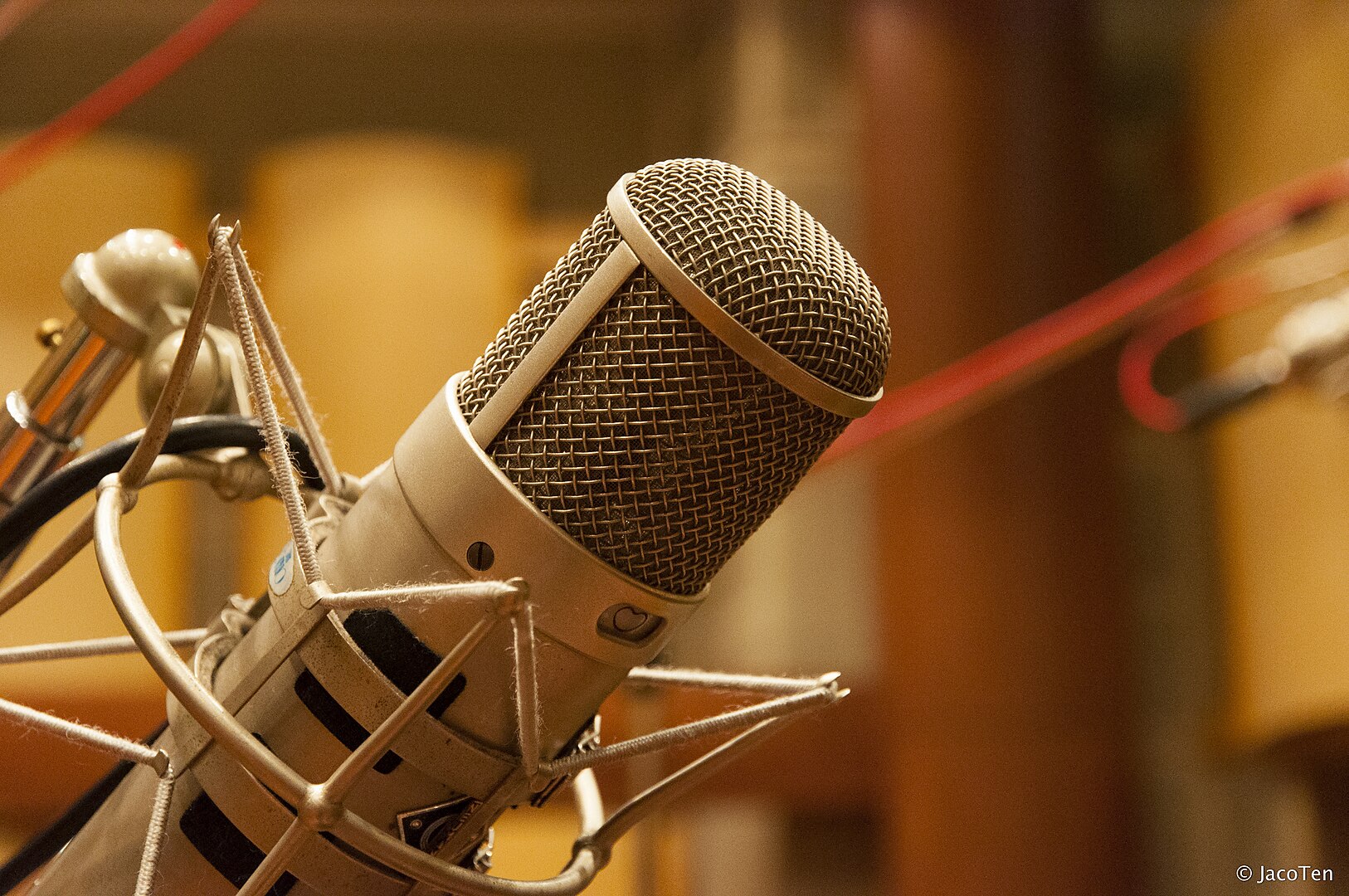 5. Sennheiser
5. Sennheiser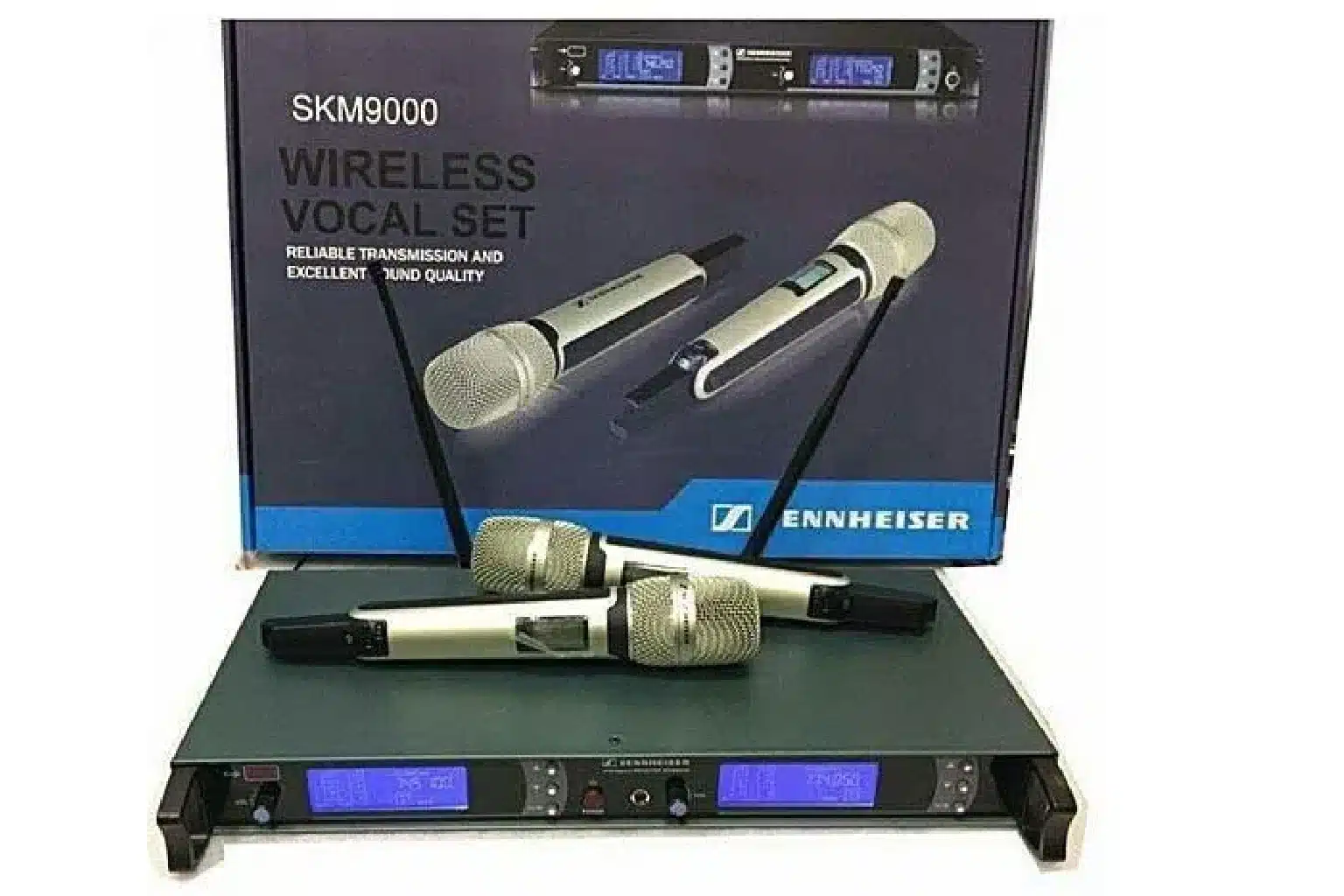 Understanding cost comparisons by popular brands can guide you in selecting the right microphone for your needs. Each brand offers unique features and pricing structures, catering to a range of budgets and applications. Whether you’re a beginner, a content creator, or a professional audio engineer, there’s a microphone brand that will meet your requirements without compromising on quality.
Understanding cost comparisons by popular brands can guide you in selecting the right microphone for your needs. Each brand offers unique features and pricing structures, catering to a range of budgets and applications. Whether you’re a beginner, a content creator, or a professional audio engineer, there’s a microphone brand that will meet your requirements without compromising on quality.